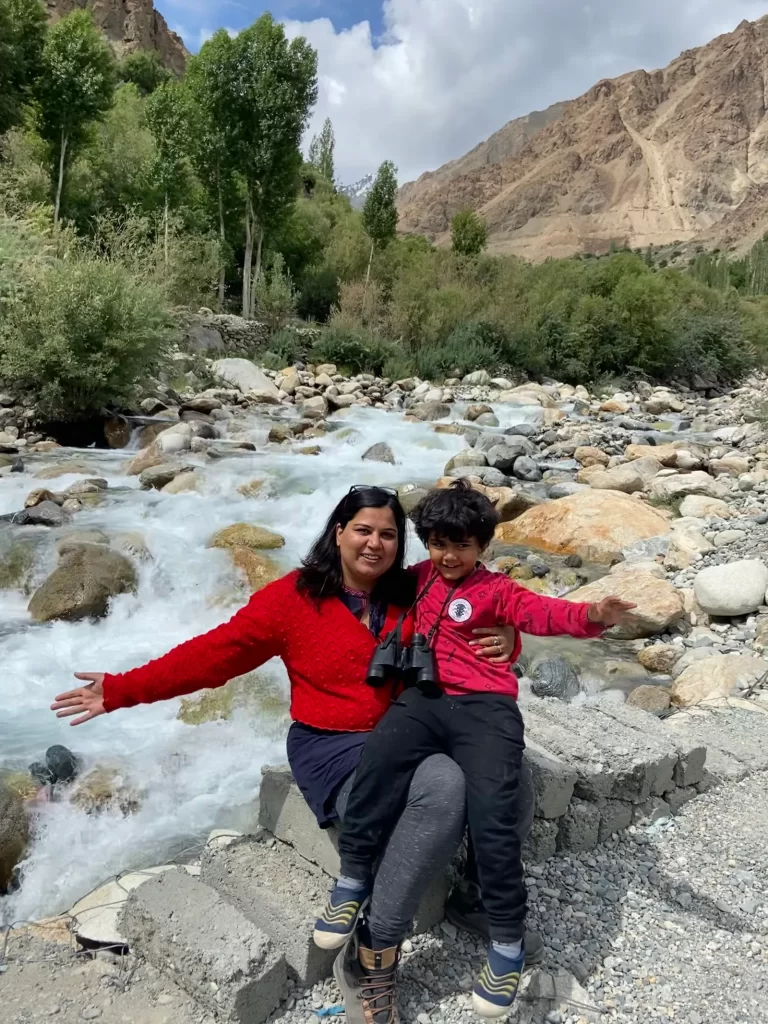
During the lockdown in 2020, Pune-based Aneekah noticed that her son was struggling with online classes. An IT professional, she quit the job in 2020 and decided to take her child out of school till physical classes resume and embarked on a trip to Himachal Pradesh.
BY SHRADHA SHAHANI
While most kids were pointing to ‘A for apple’ in a book and had no idea where it came from, Pransh Ssonawane was keenly observing a tree bearing the fruit in Himachal Pradesh. Not just an apple, the six-year-old can tell the difference between a pear, peach and cherry tree, his mother Aneekah says. Pransh is not your regular school-going kid. He ditched his classes to learn from his travels across India.
The process of un-schooling
During the lockdown in 2020, Pune-based Aneekah noticed that her son was struggling with online classes. “He was stuck at home for six months, and he was fed up. He missed stepping out and interacting with his classmates and teachers,” she says.
An IT professional, the mother quit her job in 2020. She decided to take her child out of school till physical classes resumed and embark on a trip with him to Himachal Pradesh. “Not all lessons are learned in a classroom. Some come from meeting different kinds of people and taking road trips. These lessons are beyond the curriculum. We can go back to a syllabus anytime we want. But now is the time to make memories.”
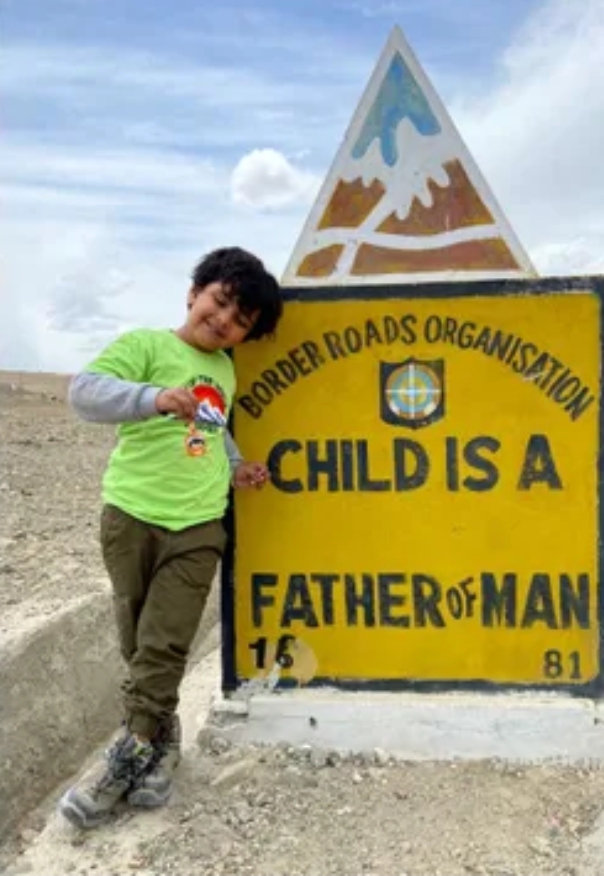 On her first trip in April 2021, she noticed a vast shift in her then four-year-old child’s behavior. “He really connected with nature and was so open to learning along the way. He also loved interacting with locals and villagers wherever we went,” she says.
On her first trip in April 2021, she noticed a vast shift in her then four-year-old child’s behavior. “He really connected with nature and was so open to learning along the way. He also loved interacting with locals and villagers wherever we went,” she says.
His curiosity to learn while travelling led Aneekah to believe that she could do this long-term. She decided to not admit him to a school unless he says he wants to go back. She dipped into her savings and the money saved from not sending her child to school to plan one trip after another, and soon she found herself exploring parts of India she wouldn’t imagine visiting with her six-year-old child, like the higher altitude regions of Spiti Valley and Ladakh.
Slow travel without an itinerary with a 6-yr-old
The high-altitude regions may seem hectic with a young child, but Aneekah, who is often not joined by her working husband on trips, says that if your approach to travel is slow and free of an itinerary, it makes it easier.
In Ladakh, the two acclimatized for four days instead of two in Leh, and visited Stok Palace and nearby monasteries, before they moved further north to Nubra Valley, Turtuk, Pangong Tso and Shey Village, spending a total of 15 days in the region.
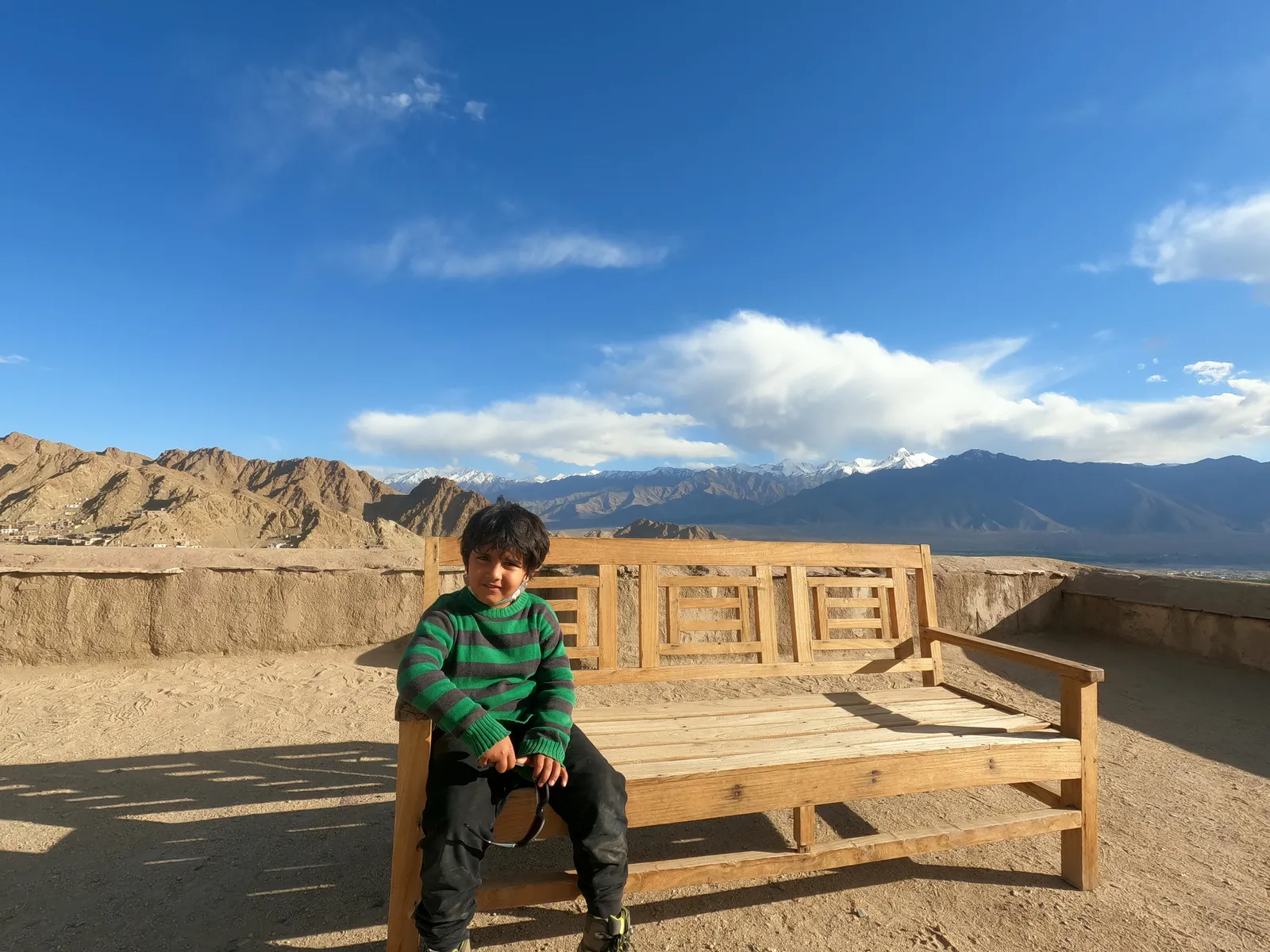 “Travelling with your child is not about ticking tourist spots off your list. It’s about finding unique experiences, whether it is sampling the local food, attending a festival or doing an activity like pottery.”
“Travelling with your child is not about ticking tourist spots off your list. It’s about finding unique experiences, whether it is sampling the local food, attending a festival or doing an activity like pottery.”
The mother always chooses homestays over hotels because it “gives the child an insight into the local culture and food”. In Tabo, a small town on the banks of the Spiti River, the two stayed in a mud home. “So, now he understands the difference between city homes and eco-friendly homes,” she says.
She has also gone on a 1,600km road trip, where her husband drove along Maharashtra’s Konkan Coast, and then to Madhya Pradesh, Rajasthan and Haryana.
Textbook learning vs. learning on the road
While Aneekah does not follow a set syllabus, she finds ways to keep her child’s curiosity ignited. “For instance, when he wants to know the name of a plant and she can’t identify it, we use apps such as Plantsnap, Planta, LeafSnap and PictureThis.”
The mother also says that her son, who is fascinated with geography, is learning things he’d probably never gain from a textbook at this age. “From his travels, he had learned that Pangong Lake is the highest saltwater lake in the world. He is aware that while one-third of the lake is in India, the rest is in China. He knows that from Ladakh, you can see two mountain ranges: the Greater Himalayas and the Karakoram. Would he have learned all this while studying from a geography textbook?” she asks.
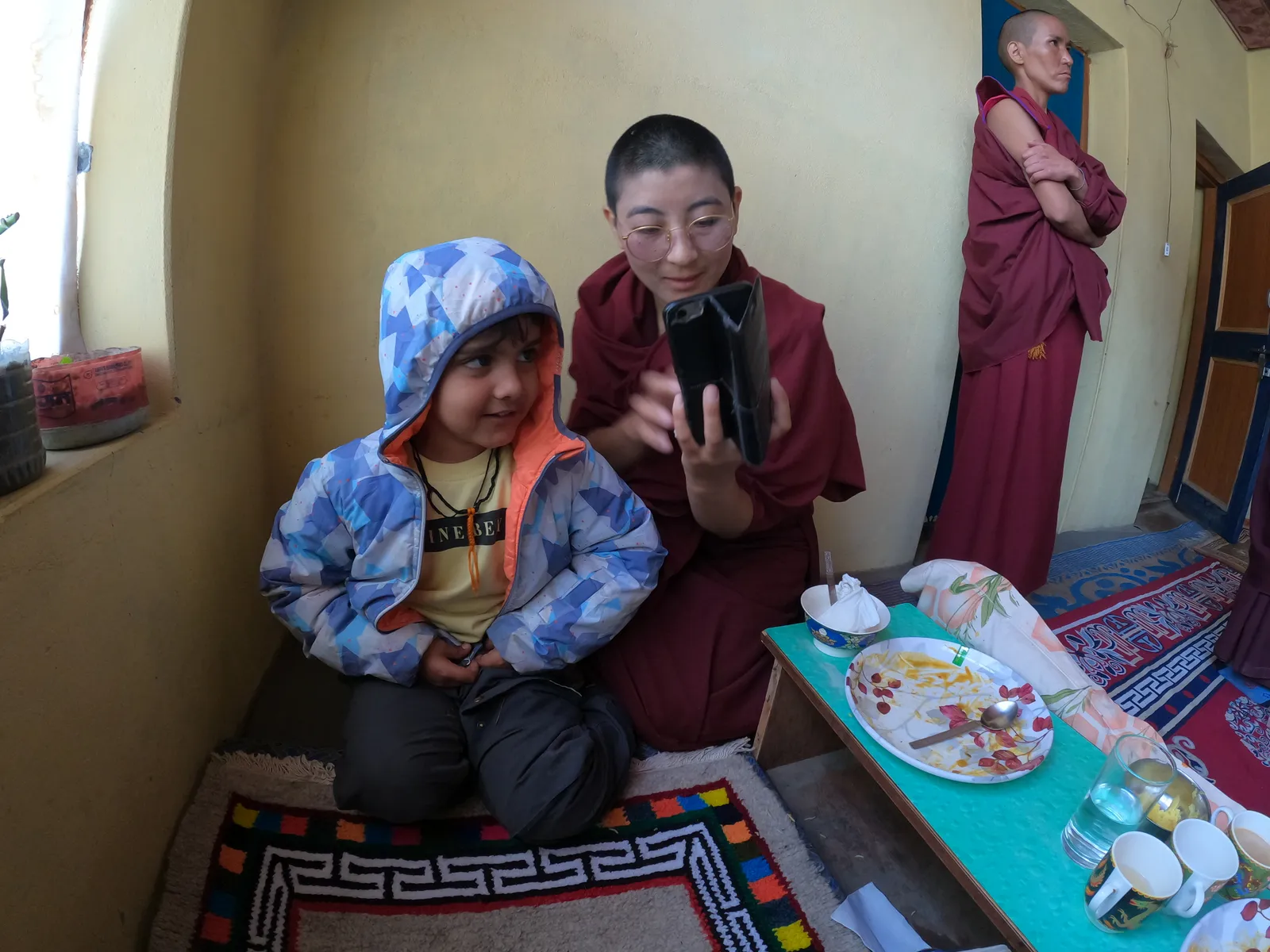 The mother-son duo also try to discover places off the tourist map on their trips. While staying in Tabo, a village on the banks of the Spiti River, they hiked to the 1,000-year-old caves of Tabo just above the monastery. “Even though it was at 9,000 ft and we were huffing, Pransh was so exhilarated by the experience that we didn’t stop. These centuries-old caves that still hold Thangka art were used by villagers and monks as a refuge from the harsh winters. Till today, some monks meditate there.”
The mother-son duo also try to discover places off the tourist map on their trips. While staying in Tabo, a village on the banks of the Spiti River, they hiked to the 1,000-year-old caves of Tabo just above the monastery. “Even though it was at 9,000 ft and we were huffing, Pransh was so exhilarated by the experience that we didn’t stop. These centuries-old caves that still hold Thangka art were used by villagers and monks as a refuge from the harsh winters. Till today, some monks meditate there.”
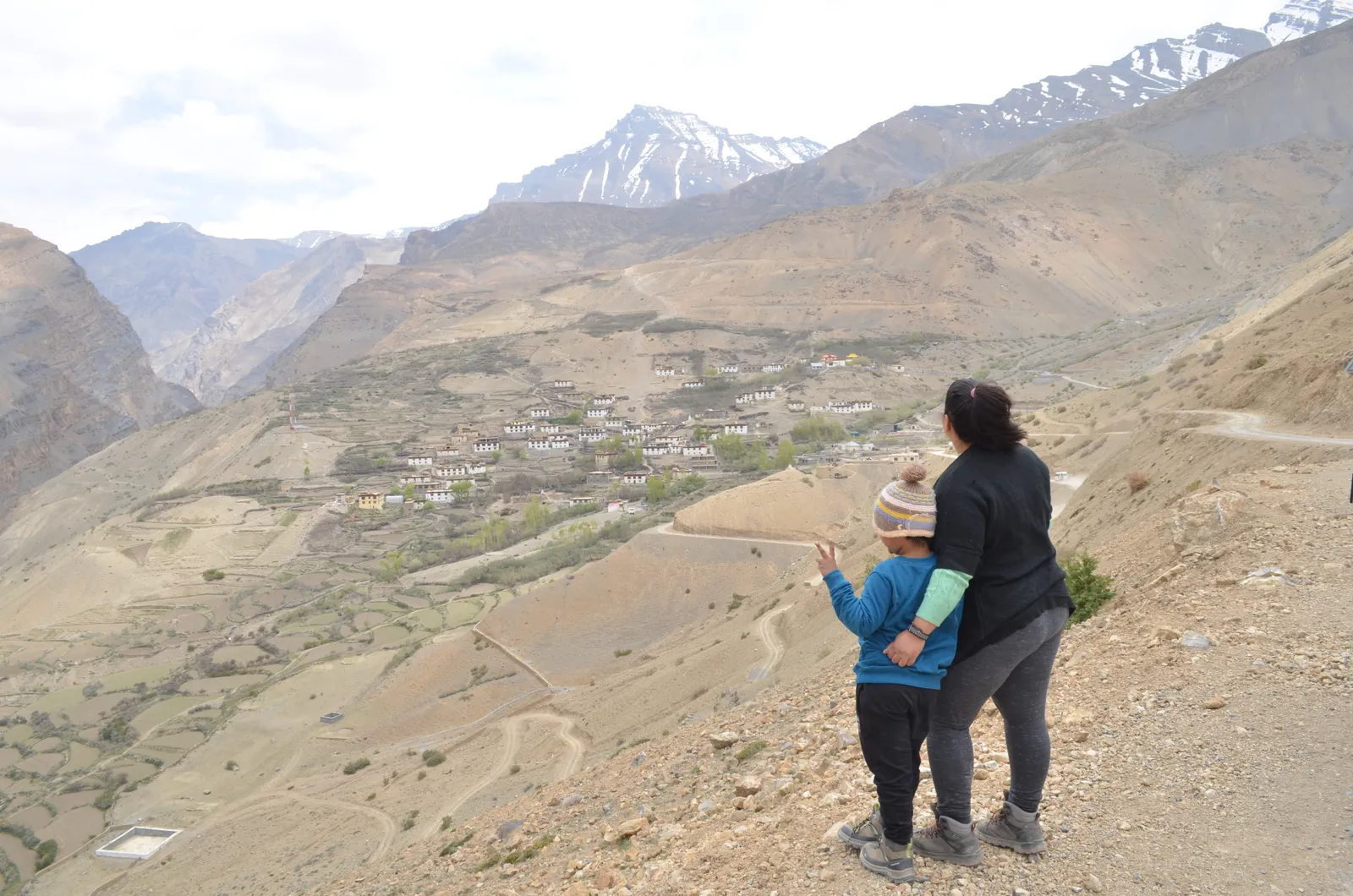 Pransh is also truly living his childhood while learning, says the mother. “Remember when we spent hours as kids looking at the stars? That doesn’t happen in the city any longer because of pollution, but I am happy I can give Pransh the childhood that I have enjoyed.” Their favorite activity in Spiti Valley and Leh-Ladakh was stargazing. “He’s seen the Milky Way, and we use apps to identify a few constellations in the skies,” she says.
Pransh is also truly living his childhood while learning, says the mother. “Remember when we spent hours as kids looking at the stars? That doesn’t happen in the city any longer because of pollution, but I am happy I can give Pransh the childhood that I have enjoyed.” Their favorite activity in Spiti Valley and Leh-Ladakh was stargazing. “He’s seen the Milky Way, and we use apps to identify a few constellations in the skies,” she says.
So the kid can put his thoughts into words, both mother and son ensure they dedicate some time to reading and writing a day. The six-year-old also maintains a travel journal. “Every night, he makes note of the places he has gone and people he has met on his journeys. When it comes to mathematics, I have a more practical approach. We discuss our budgets for trips, and how much we’ve spent and how much we have saved,” says Aneekah.
Travel is learning
A major difference Aneekah noticed is that her son is very adaptive on his journeys. “At home, he tends to throw tantrums. However, when he is travelling, he is humble. He’s eaten dinner with the monks at Key Monastery in Leh, and the food was unlike what he’s eaten before, but he truly enjoyed his meal,” she says.
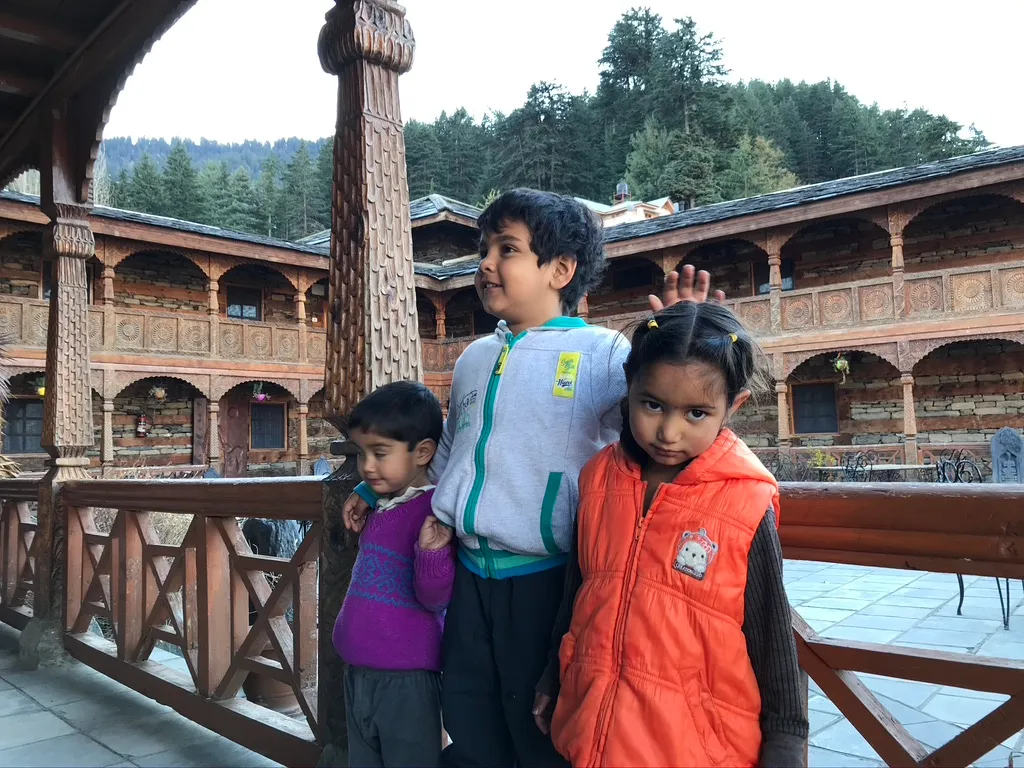 He has also developed a problem-solving attitude. “While driving a scooter through the Atal Tunnel in Himachal Pradesh in the dark, our headlight stopped working. It would work only if we pressed the button continuously. So, Pransh offered to hold it while I drove, and he did it throughout the journey. He knew this was the only way to go home,” says the mother.
He has also developed a problem-solving attitude. “While driving a scooter through the Atal Tunnel in Himachal Pradesh in the dark, our headlight stopped working. It would work only if we pressed the button continuously. So, Pransh offered to hold it while I drove, and he did it throughout the journey. He knew this was the only way to go home,” says the mother.
He is also way ahead of his age, she says. “When we were in Ladakh, I was suffering from severe Altitude Mountain Sickness. And while he was just five years old, he understood that his mother was not well. So he’d take responsibility and check in on me. He’d get the hotel staff to get me warm water.”
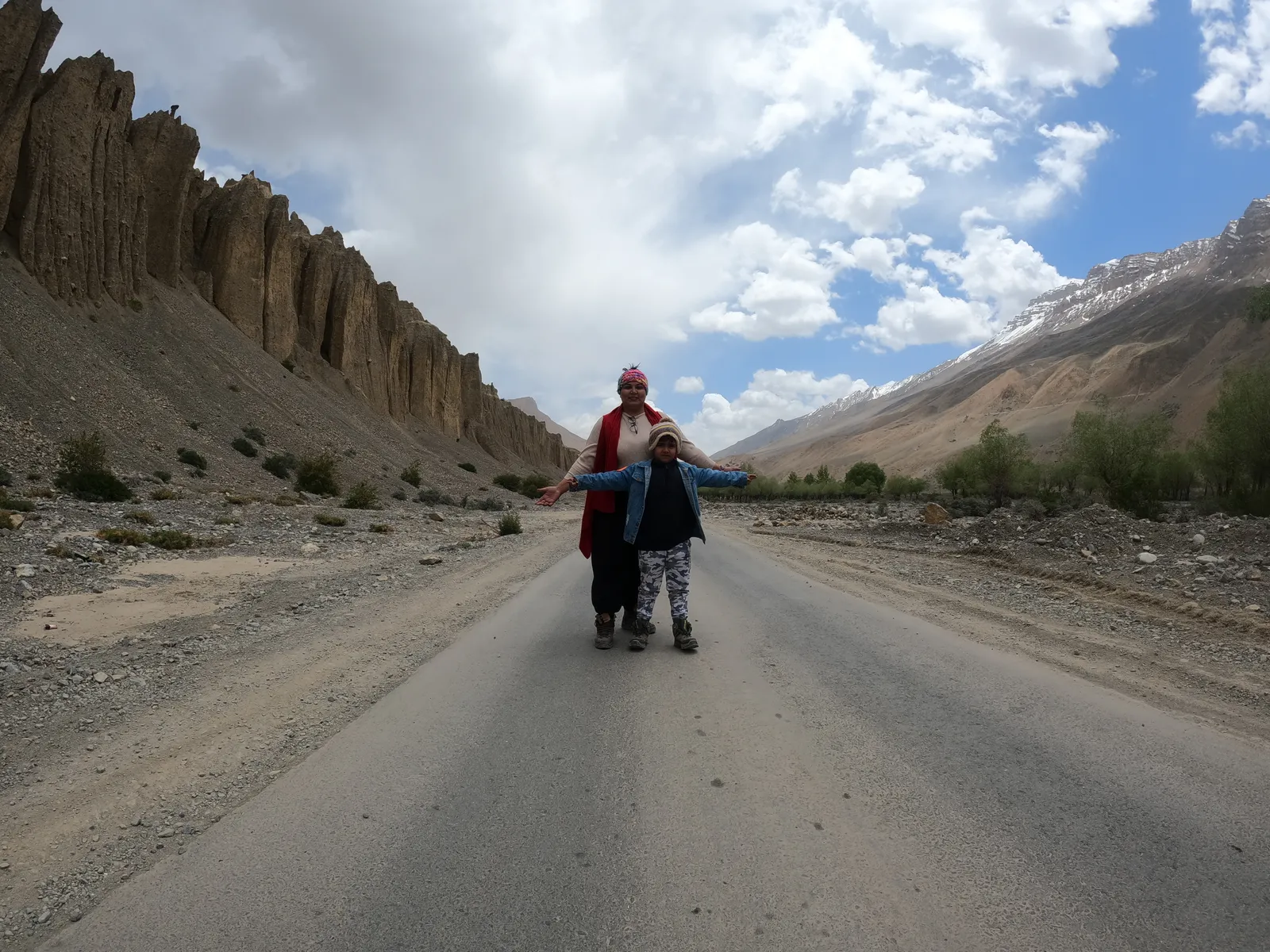 The challenges
The challenges
The biggest drawback of schooling on the road, though, is that he misses out on interactions with his peers. However, the mother tries to work around it by researching NGOs that required volunteers at local schools in the region. “This way, Pransh gets to interact with kids his age, but also children who are older and younger, and belong to varied cultures and backgrounds. I’ve noticed that language is never a barrier. In Spiti, he played with local kids communicating through expressions and signs.”
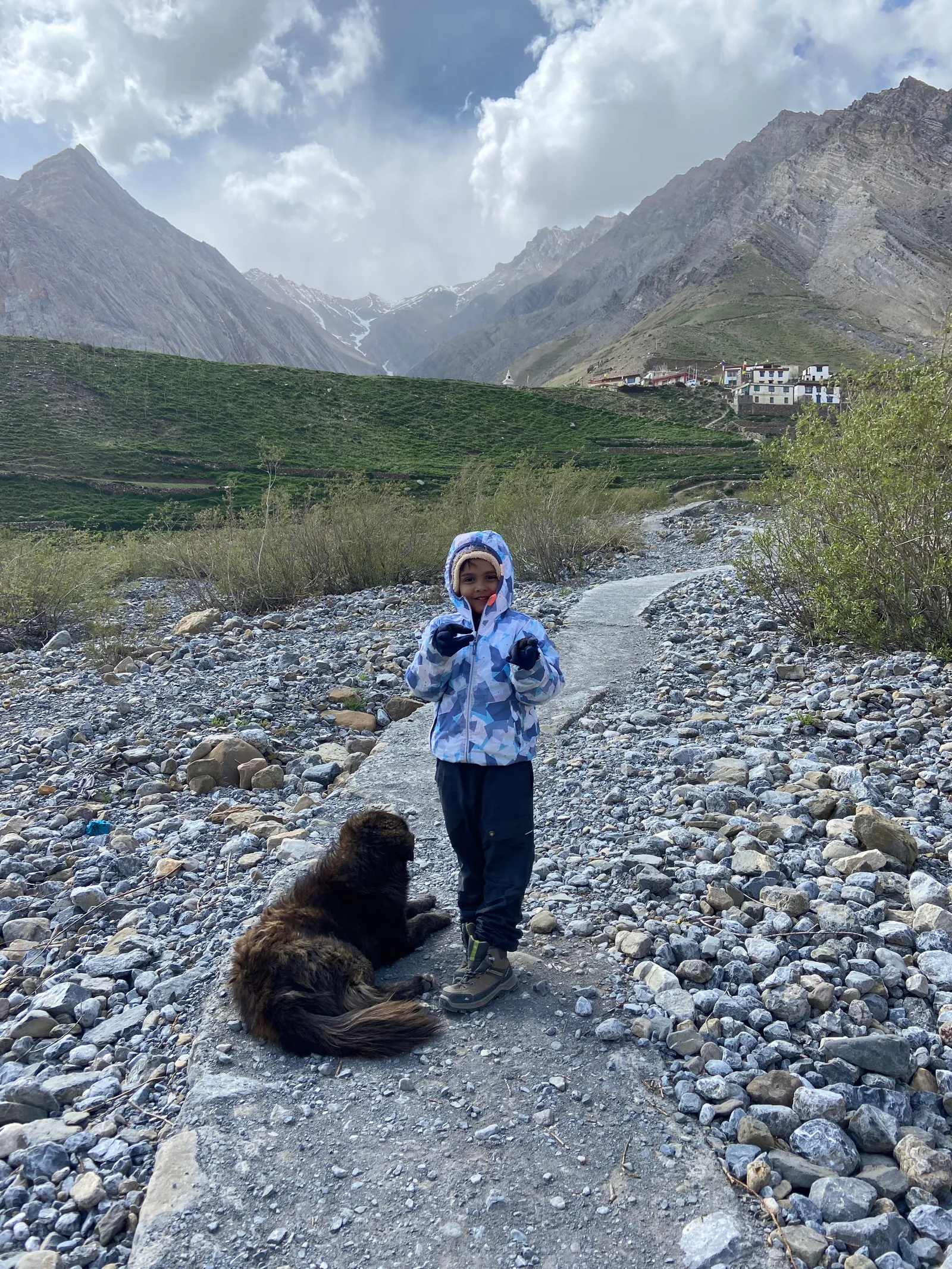 Aneekah says that private transportation, especially in the mountains can be heavy on the pocket. After flying to their destination, they try to use public transportation wherever possible. “However, that could be problematic with a young child. Public transportation is not very frequent in these regions, and sometimes your kid may not be able to adjust to the schedule.” She suggests having a backup plan in terms of activities or hikes you can do close by to your homestay instead of travelling to tourist spots far away.
Aneekah says that private transportation, especially in the mountains can be heavy on the pocket. After flying to their destination, they try to use public transportation wherever possible. “However, that could be problematic with a young child. Public transportation is not very frequent in these regions, and sometimes your kid may not be able to adjust to the schedule.” She suggests having a backup plan in terms of activities or hikes you can do close by to your homestay instead of travelling to tourist spots far away.
Travelling with a six-year-old to high-altitude regions may seem like a challenge, however, Aneekah believes that children tend to acclimatize faster than adults. But be prepared, she warns.
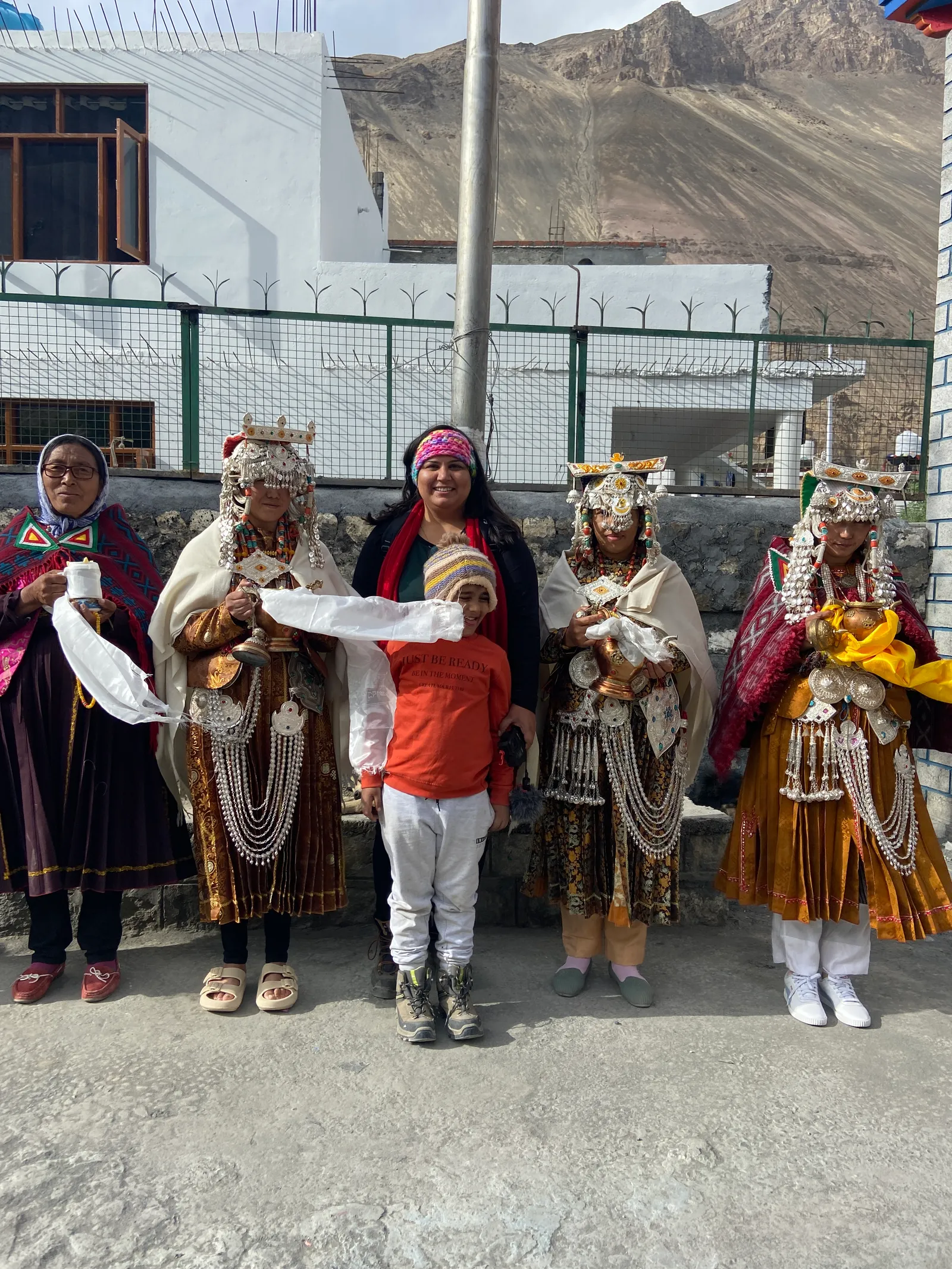 Here are some of Aneekah’s tips while travelling with your children to high-altitude regions:
Here are some of Aneekah’s tips while travelling with your children to high-altitude regions:
- Carry a fully-loaded medical kit: It should include a paracetamol, medicine for motion sickness that can be given at the start of your journey and an oxygen can.
- Choose the correct seat for a trip: If your child suffers from motion sickness, ensure he sits in the front passenger seat, or in the bus, choose a window seat
- Hydrate: Keep them hydrated throughout the journey even though that means more loo breaks. Hydration can help maintain the optimum oxygen levels in your body.
- Carry healthy snacks: Make sure the snacks you carry aren’t loaded with sugar because that could lead to fluctuations in your child’s mood.
- Keep checking for signs of distress: If your child is cranky or is suffering from headaches or nausea, don’t travel to further higher altitudes. If adults are asked to stay for two days in Leh to acclimatize, with kids, you may want to take longer, so they get comfortable.
- Make sure your itinerary is light and flexible: It’s not possible to tick off tourist spots when you’re travelling with a child. It’s best to choose activities that are close to you before you decided to move on to your next destination or day-long road trip.
- Don’t spend too long at Khardungla and Changla passes: Due to the low oxygen levels in these regions, Aneekhah suggests not spending over 10 to 15 minutes at these passes.
- Layer your child in a smart way: In Leh-Ladakh, the mornings and evenings are extremely cold, but the afternoon sun could be harsh. Dress your child in a way that you can get rid of the layers when need be.
________________
Courtesy: CN Traveller